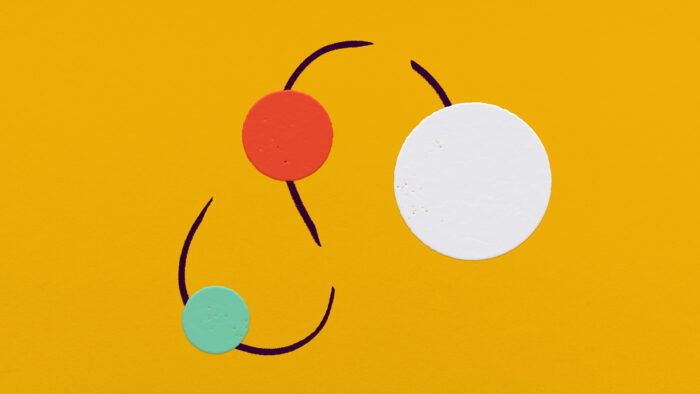When life isn’t living up to our expectations, it’s often tempting to think in terms of dramatic changes. We fantasize about quitting our job and heading off to a mountain ashram.
We are embarrassed by our junk food diet and muse about going vegan. We consider what it might be like to leave our partners and rebuild our identities in far away places.
Usually these massive changes appear so daunting that we do nothing and remain stuck and dissatisfied. In the instances where we do follow the impulse to turn our world on its head, we often find the reality of our new situation doesn’t live up to our imaginings. Our problems are not all instantly solved.

The truth is that nature favors evolution, not revolution. Single-celled organisms slowly morph and adapt, finally creating complex plants and animals. Continents plod across oceans, giving shape to our world. So it is with our own lives.
Change is a process, not an event.
Rather than break from our past with a single decision, it is often more effective to make small, subtle changes that steer us in the direction of our values. This insight is the basis of what I call the tiny tweaks principle.
Thinking small has real advantages. The cost of failure is comparatively low. When we realize that we’ve got little to lose, we feel less pressure and more confidence. And the focus on modest, achievable goals provides tangible markers on the road to success. But what does this look like when applied to your everyday habits?
Here are four different tactics you can use to make tiny tweaks that add up to big change:
- The No-Brainer: Switch up your environment so that when you’re hungry, tired, stressed, or rushed, the choice most aligned with your values is also the easiest. If you’re trying to shave off a few pounds, then set yourself up for success by stocking your shelves with fresh fruit rather than cookies. Now your only choice for a midnight snack is one you won’t regret in the morning.
- The Piggyback: Add a new behavior onto an existing habit. To continue with the weight loss example, this might mean turning your routine walk with your dog into a routine jog, or doing some jumping jacks when you tune into the nightly news.
- The Pre-commitment: Anticipate obstacles and prepare for them with “if-then” strategies. If my partner makes a doughnut run, then I’ll treat myself to the juicy pear I’ve already got stored in the break room fridge. If I’m tempted to sleep through my morning workout, then I’ll remind myself how much better I’ll feel for having done it.
- The Obstacle Course: Offset a positive vision with thoughts of potential challenges. In one study, researchers advised half of the participants in a weight loss program to envision themselves with new svelte figures and the other half to imagine situations where they’d be tempted to cheat on their diet. A year on, the second group had shed more weight. Optimism is important, but it’s most effective when paired with realism.
Any sea captain will tell you that if you steer a ship just a few degrees this way or that, you completely alter its trajectory. Over the course of a long journey, it may end up hundreds of miles from where it would have without that slight adjustment.
Think of your life the same way. Turn too sharply and you might capsize, but a slow gentle change will get you where you want to be.






 Take the Quiz
Take the Quiz